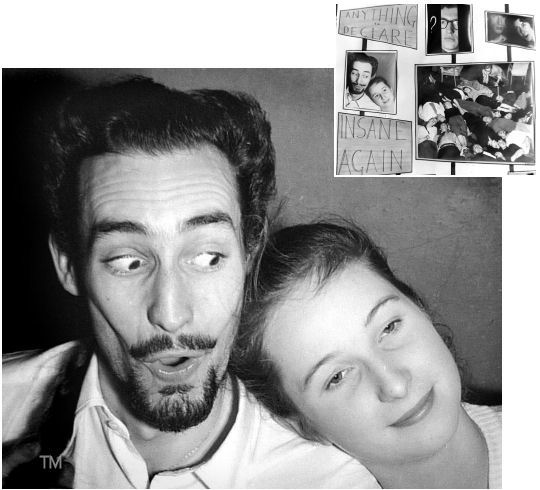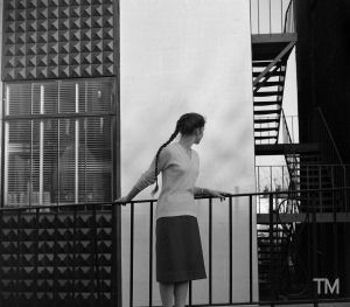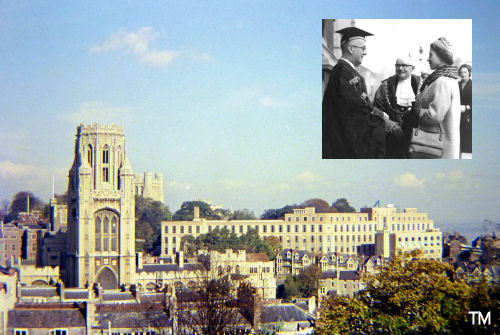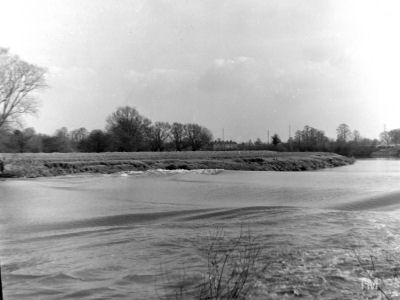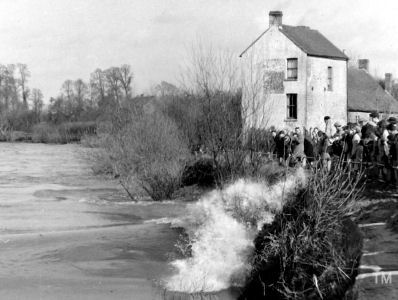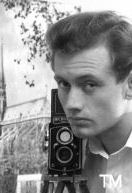 Three years of degree studies were complete - Zoology from a schoolboy dedication
to natural history and somewhat reluctantly Botany as it coupled in the curriclum.
I never felt happy with the Botany course though the grounding has always been
useful.
Three years of degree studies were complete - Zoology from a schoolboy dedication
to natural history and somewhat reluctantly Botany as it coupled in the curriclum.
I never felt happy with the Botany course though the grounding has always been
useful.
In
1958 and released from the labours of exams I began a year in the University Department
of Education. It offered a further qualification and time to consider how to use
my degree. 'Prof
Wilson' 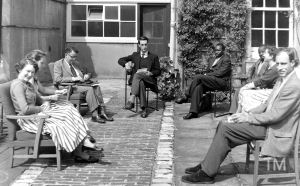 I
can recall very clearly how the course was without pressure and as our I
can recall very clearly how the course was without pressure and as our 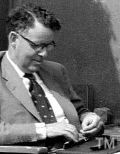 Professor Roger Wilson said ' Now you have time to think - do it now
as in the future you may never have the chance again'
Professor Roger Wilson said ' Now you have time to think - do it now
as in the future you may never have the chance again'
By a quirk of good fortune I found myself in the professor's tutorial group when
in good weather we simply sat in the garden outside his office, read, chatted
and worked on ideas for writing. It was an incredibly relaxed hour .There was
even time for coffee and biscuits - the dry semi-sweet Rich Tea variety, crisp
and better when dunked: they were made by some long vanished biscuit maker,then
a household name. I called on 'Prof Wilson' many times after leaving Bristol Into
movie What
an amazing chance it was to round off a university life by thinking! Not that
for me as it was to end so soon and one of the most useful skills I picked up
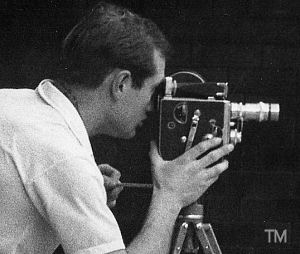 was
how to use the 'Bolex', the Department's movie camera. The late 1950's was certainly
a time for looking forward as television and short films of all kinds were appearing
in the new Postwar Britain. was
how to use the 'Bolex', the Department's movie camera. The late 1950's was certainly
a time for looking forward as television and short films of all kinds were appearing
in the new Postwar Britain. But
our budgets were tight. The Swiss-made Bolex was a clockwork camera wound by a
handle on one side. The Bolex used 100 foot rolls of 16mm sprocketed film running
for about 2 and half minutes. And one roll was the limit - usually it was a Kodak
black and white' reversal film' which during processing by-passed the negative
stage and produced an immediately viewable image. The two and a half minutes I
shot were usually a collection of tightly timed scenes which flicked from one
to the next and would have been far better if they had been edited. But the Department
did not have the equipment. As I discovered later, editing was a step for the
professionals. The
cost of film meant my sessions with the Bolex were infrequent so I pressed on
with still photography. My camera was a British made Microcord sometimes known
as 'the poor man's Rolleiflex' - the German classic. A
Rolleiflex is best described as a precison box with two lenses - the lower one
to take the picture and the other to view the scene on a screen before pressing
the button. The 'Rolleis' also had a lower priced cousin - the Rolleicord but
even that was still out of reach. I
found the Microcord suited my budgets for its cost second-hand was about £40
pounds or about a month's salary for many people and I could make it pay by selling
photographs taken at events such as dances - parties or for sports teams - university
societies and the student newspaper Nonesuch News. The same camera 'new'
was £46 plus over £18 Purchase Tax [Values in Old British Pounds]
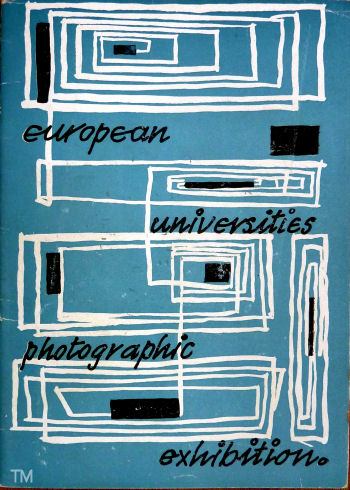 Exhibitions Exhibitions I
used my Microcord to shoot the Royal Visit pictures when the Queen [Elizabeth
ll] opened a new Engineering Department building - now the Queen's Building. Another
highlight was the European Universities Exhibition - won that year byBristol.
I was not a leading member of the University Photographic Society but two of my
pictures were in the winning panel of six - the others were by Chris Horton
and R.A Pritchard [who won the top award]. As my interest in film moved on Photo
Exhibitions never became a serious matter. I organised the EUE the following year
as it was held in Bristol and just two other shows came much later - one in the
mid 'sixties at the then prestigious Kodak Gallery in Kingsway, London, England
and the next and last at the second World Wildlife Fund Congress held in London
in 1970 - my panel was squeezed in between one from Prince Philip. the Duke of
Edinburgh and another from Neil Armstrong of the 1969 Moon landing.. Back
to 1958 my budget was miniscule and my appetite for experiment was enormous. Sometimes
I prepared my own developer and other chemicals as the proportions were published
in magazines and the materials available in most Chemist Shops [ now known as
Pharmacies] . In the 1950's the local Chemist Shop usually had a sideline selling
cameras and film, a trade at from the early days of photography when it was a
DIY hobby and my treasured Microcord came from a Chemist Shop. | 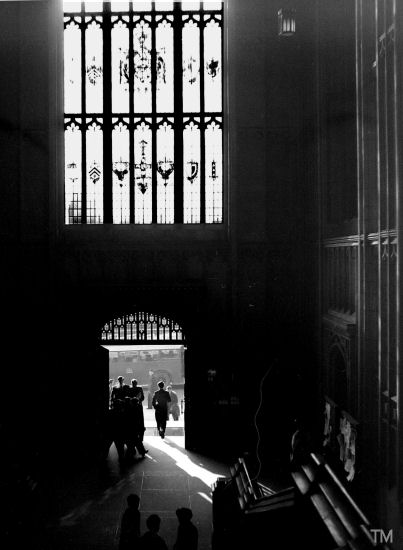
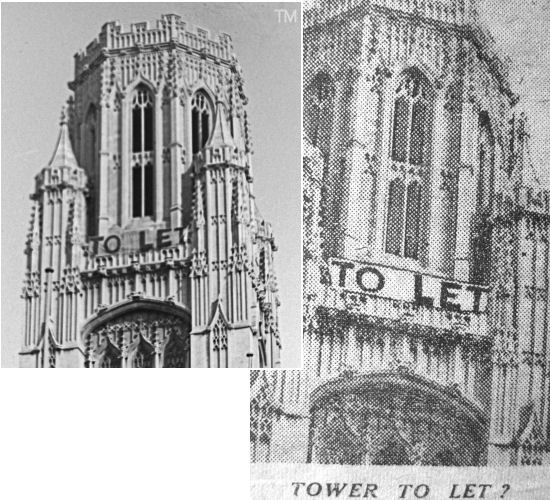
 Three years of degree studies were complete - Zoology from a schoolboy dedication
to natural history and somewhat reluctantly Botany as it coupled in the curriclum.
I never felt happy with the Botany course though the grounding has always been
useful.
Three years of degree studies were complete - Zoology from a schoolboy dedication
to natural history and somewhat reluctantly Botany as it coupled in the curriclum.
I never felt happy with the Botany course though the grounding has always been
useful. I
can recall very clearly how the course was without pressure and as our
I
can recall very clearly how the course was without pressure and as our  Professor Roger Wilson said ' Now you have time to think - do it now
as in the future you may never have the chance again'
Professor Roger Wilson said ' Now you have time to think - do it now
as in the future you may never have the chance again' was
how to use the 'Bolex', the Department's movie camera. The late 1950's was certainly
a time for looking forward as television and short films of all kinds were appearing
in the new Postwar Britain.
was
how to use the 'Bolex', the Department's movie camera. The late 1950's was certainly
a time for looking forward as television and short films of all kinds were appearing
in the new Postwar Britain. Exhibitions
Exhibitions